ORNL's Communications team works with news media seeking information about the laboratory. Media may use the resources listed below or send questions to news@ornl.gov.
1 - 10 of 1156 Results
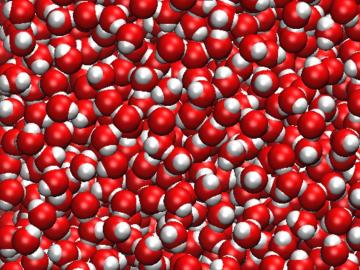
More than a year ago, ORNL computational scientists raised concerns about the accuracy of using a 2-femtosecond time step in liquid water simulations. A new study confirms and deepens those concerns, revealing even greater potential for error than previously thought.

United Rare Earths has licensed two innovative technologies from Oak Ridge National Laboratory aimed at reducing dependence on critical rare earth elements.

A former intern for ORNL was selected to represent Tennessee presenting his research at the National Junior Science and Humanities Symposium. Langalibalele “Langa” Lunga, a senior at Farragut High School in Knoxville, Tennessee, interned with ORNL working on deep learning for fast scanning microscopy, a technique for capturing microscopic images more rapidly than traditional methods.
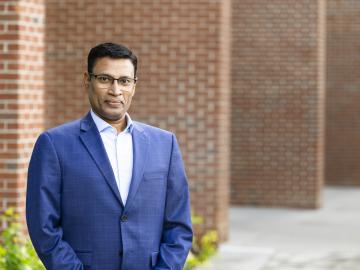
From decoding plant genomes to modeling microbial behavior, computational biologist Priya Ranjan builds computational tools that turn extensive biological datasets into real-world insights. These tools transform the way scientists ask and answer complex biological questions that advance biotechnology breakthroughs and support cultivation of better crops for energy and food security.
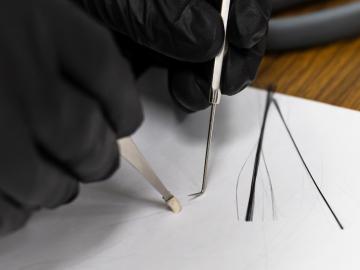
Stronger than steel and lighter than aluminum, carbon fiber is a staple in aerospace and high-performance vehicles — and now, scientists at ORNL have found a way to make it even stronger.

Farragut High School graduate Langalibalele “Langa” Lunga is the recipient of the 2025 UT-Battelle scholarship. The scholarship encourages careers in the STEM fields. Lunga excelled in STEM courses in high school, including college-level math and programming courses, as well as advanced placement physics and calculus classes.
Using the now-decommissioned Summit supercomputer, researchers at ORNL ran the largest and most accurate molecular dynamics simulations yet of the interface between water and air during a chemical reaction. The simulations have uncovered how water controls such chemical reactions by dynamically coupling with the molecules involved in the process.

The Center for Bioenergy Innovation, or CBI, at the Department of Energy’s Oak Ridge National Laboratory has promoted Melissa Cregger and Carrie Eckert to serve as chief science officers, advancing the center’s mission of innovations for new domestic biofuels, chemicals and materials.
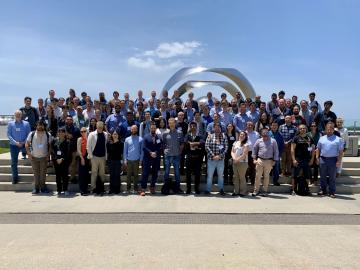
Members of the Quantum Science Center, or QSC, gathered at an all-hands meeting in Baton Rouge, Louisiana, in mid-May to reflect on the remarkable accomplishments from the past five years and to prepare for what members hope to be the next five years of the center.
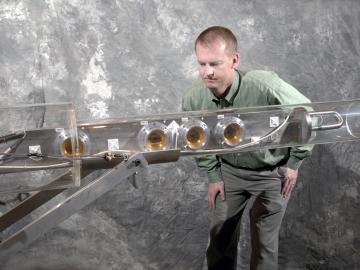
Van Graves, an engineering manager at ORNL, is celebrating 40 years of dedicated service leading a diverse range of prominent engineering projects at ORNL and internationally.

